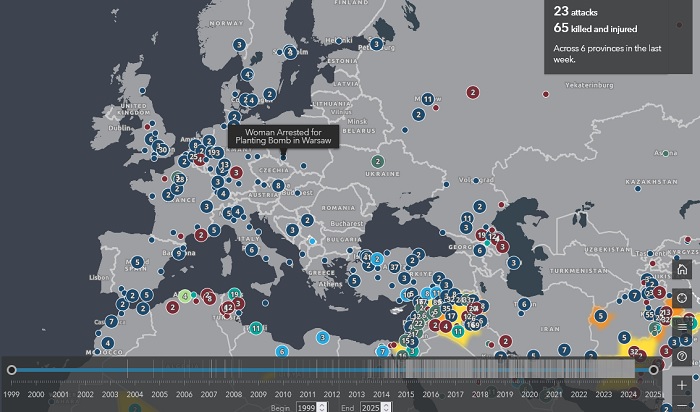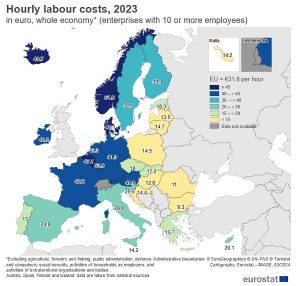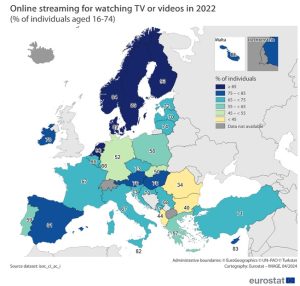The Islamic State is one of the most dangerous terrorist organisations operating in the 21st century. The Washington Institute has create a map showing ISIS activity around the world.
The Islamic State (IS) is a transnational jihadist group that has simultaneously maintained a distinctly local focus through its so-called provinces, seeking to uphold a state-building—or “caliphate”—project interrupted by its loss of territory in Syria and Iraq. IS has navigated various iterations since its formation in 1999 (see text box), when Abu Musab al-Zarqawi created Jund al-Sham in Herat, Afghanistan, and is led today by a relatively little-known figure with the nom de guerre Abu al-Husayn al-Husayni al-Qurashi, following the death in October 2022 of the similarly little-known Abu al-Hassan al-Hashimi al-Qurashi. The group continues to claim attacks regularly in places including Afghanistan, the Democratic Republic of Congo, Egypt, Iraq, Mozambique, Nigeria, and Syria, although its activity in each province fluctuates over time
This interactive map provides a novel, accessible way to understand the Islamic State’s global reach and activities, offering a clearer illustration than text alone could do. It also moves beyond a traditional scholarly focus on attack data, offering content from IS media, designations, and legal cases. The launch marks only the beginning of a “living” project, for which continual updates will cover new developments as well as modifications to older entries. Thus, this map reflects an iterative process and will evolve over time. Why launch now, some will wonder. Because while the story of the Islamic State may have receded from news coverage, a jihadist resurgence could occur anytime, especially given the growth of “provinces” in the so-called periphery of sub-Saharan Africa and South Asia, as well as the generational incubation occurring in Syrian internally displaced persons camps like al-Hawl.1 The trove of information contained in these initial 1,300-plus entries can help government officials and scholars alike navigate the shadowy world of IS jihadists and propose workable counter- measures. Users, moreover, can check for updates, including through a dedicated button highlighting the latest hundred entries. Any bulk updates will likewise be broadcast on the site author’s Twitter feed as well as his Jihadology website.
As of March 2023, the map includes data on the group’s propaganda (statements and videos, magazine articles, claims of responsibility, and pictures), designations of leaders and entities related to the group, and court cases of arrestees. In the future, it will likely also include other types of information related to the State Department’s Rewards for Justice Program, killed leaders, and foreign returnees/repatriations. While the map includes large amounts of information, it consciously seeks to separate the signal from the noise, offering a corrective to the glut of unorganized IS data floating in the public domain. Readers will find clear, well-categorized capsules here that tell the much larger story of IS.
The 2014–2019 period represented the heyday of the Islamic State and research on the group, whereas its loss of territory in Iraq, Syria, and Libya today has rendered it less of a perceived threat. The U.S. government, for its part, has shifted resources away from the counterterrorism fight and toward strategic competition against China and Russia, whose revisionist worldviews are seen as more existential problems. Yet even as the immediate IS threat may have waned, the further dispersion of IS activity actually allows the group to destabilize more areas across the globe than in the past. Moreover, to separate power competition from counterterrorism assumes a false premise. The two challenges can indeed intersect. To take just one example, the Islamic State’s Mozambique “province” threatens the gas supply in the country’s northern region—the third largest region in Africa—holding the potential to further exacerbate the energy crisis created by Russia’s invasion of Ukraine. Therefore, even if the Islamic State is no longer front-page news, IS-related developments warrant close consideration by policymakers and others. This map will fill a gap by making readily available information on the group’s activities all over the world.
Link: https://www.washingtoninstitute.org/islamicstateinteractivemap/#home


